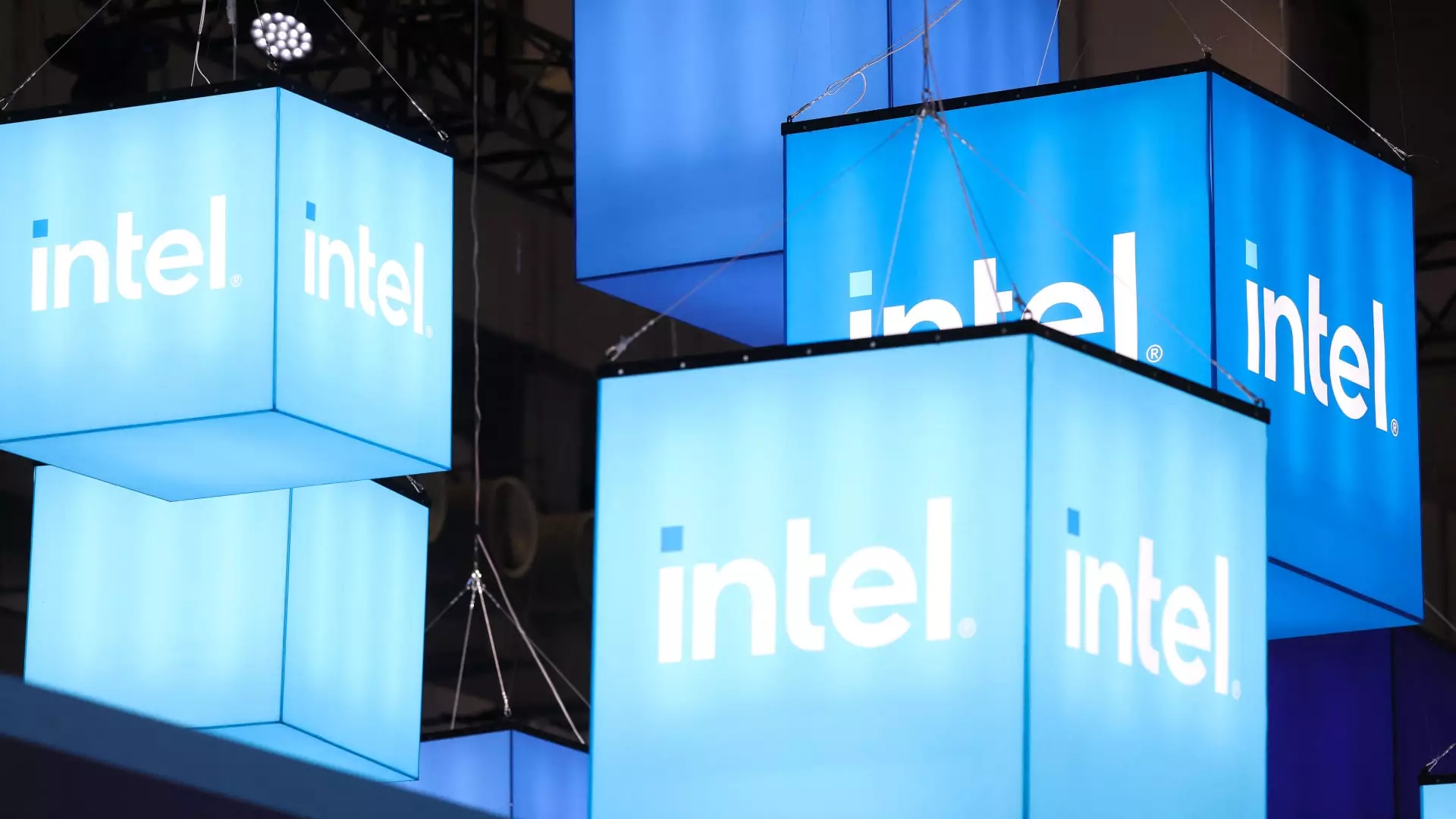The semiconductor industry is currently witnessing a shift that could redefine market relationships, particularly concerning Intel Corporation, a giant in the field. Recent reports suggest that rivals such as Taiwan Semiconductor Manufacturing Company (TSMC) and Broadcom are contemplating strategies that could fragment Intel’s operations, affecting not only the company itself but the entire landscape of the technology sector. The intricate dance of mergers, acquisitions, and partnerships brings forth questions about industry stability, national security, and the future of innovation.
According to a Wall Street Journal article, sources within the industry indicate that Broadcom is paying close attention to Intel’s chip design and marketing segments. The company’s strategy involves closely scrutinizing a potential acquisition, contingent upon finding a suitable partner for Intel’s manufacturing operations. This fragmented approach suggests that Broadcom is interested in leveraging Intel’s design capabilities while leaving the challenging manufacturing aspects to another party. It points to a desire to capitalize on Intel’s established intellectual property without inheriting the burden of its production facilities at the outset.
On a parallel track, TSMC, recognized as the world’s leading contract chipmaker, is evaluating options to gain substantial control over Intel’s manufacturing units. This could take the form of a consortium or investment vehicle. TSMC’s interest signifies its ambition to expand geographically, reinforcing its competitive position against rivals like Broadcom and even Intel. However, both companies are reportedly in the preliminary stages of discussions, underscoring that no formal agreements have yet been reached.
Within this evolving scenario, Intel’s interim executive chairman, Frank Yeary, is engaged in negotiations with various stakeholders. Complicating the situation further, there is growing concern among U.S. government officials regarding foreign influence over a company that is considered critical to national security. This sentiment echoes throughout the Trump administration and is likely to resonate with lawmakers across the political spectrum. The potential foreign acquisition of Intel’s assets raises eyebrows, as it intertwines with the national narrative of maintaining technological sovereignty and economic resilience.
Reports suggest that Yeary’s primary focus is to optimize shareholder value, which may conflict with broader concerns regarding national security and economic policy. If Intel’s factories were to fall into foreign hands, it could lead not only to operational shifts but also to a reconsideration of how America approaches semiconductor manufacturing.
A notable factor in this unfolding drama is the vast difference in market valuation between Intel and TSMC; the latter’s valuation is approximately eight times greater. TSMC is presently home to high-profile clients such as Nvidia, a leader in AI technologies, and AMD, a fierce competitor to Intel in both personal computer and server markets. These relationships position TSMC uniquely within the industry, giving it leverage that could pose significant challenges for Intel as it seeks to reclaim its status at the forefront of semiconductor manufacturing.
Hindsight reveals that decisions made under the leadership of former CEO Pat Gelsinger have led to scrutiny of Intel’s operational capacity and innovation trajectory. Gelsinger’s ambitious push for revitalization did not yield the anticipated results, showcasing the risks of aggressive corporate strategies without adequate execution. The repercussions of this miscalculation are evident, as Intel saw a staggering 60% reduction in its share value last year alone, leading to severe workforce reductions as the company sought to recalibrate its financial strategy.
Intel’s future hinges on its ability to navigate these potential deals and partnerships wisely. The decisions made in the coming months will not only shape the company’s path but also impact the wider semiconductor ecosystem. As competition intensifies and TSMC and Broadcom eye opportunities for growth at Intel’s expense, it becomes increasingly crucial for Intel to reassess its core strengths. The fate of Intel, once synonymous with chip innovation, will ultimately depend on its strategic decisions and adaptability in a fast-evolving market. This critical juncture could redefine relationships, influence national policy, and reshape the rules of engagement within the semiconductor community.



Leave a Reply